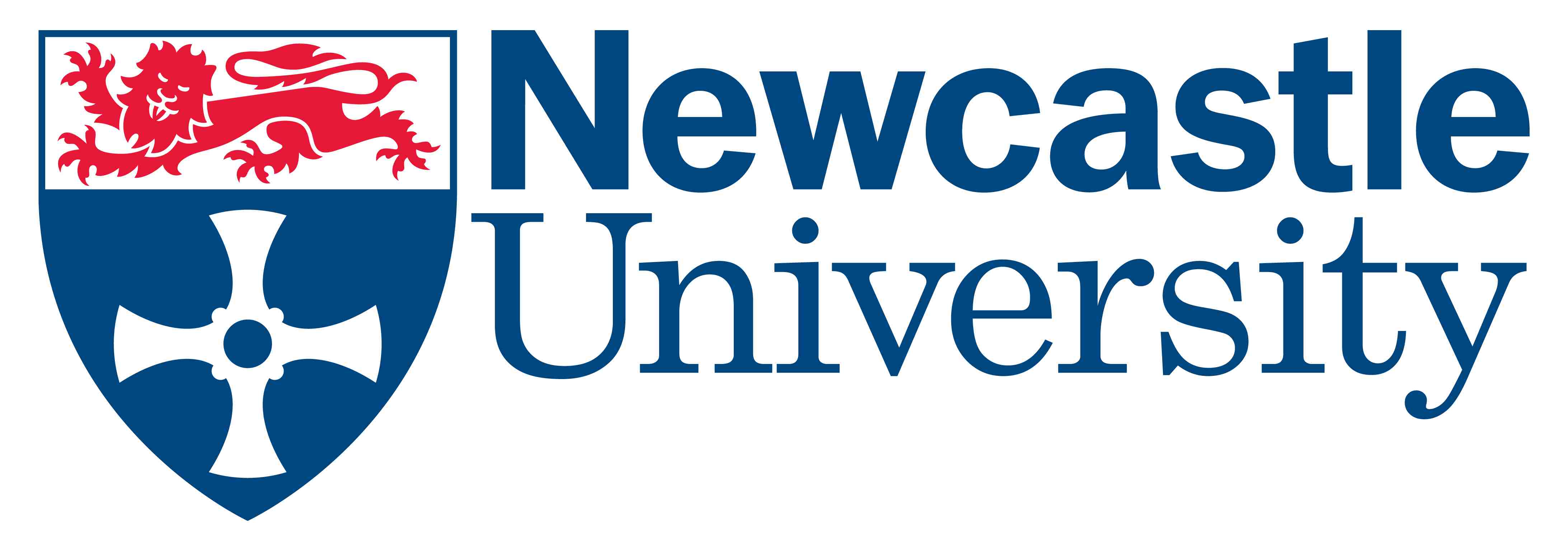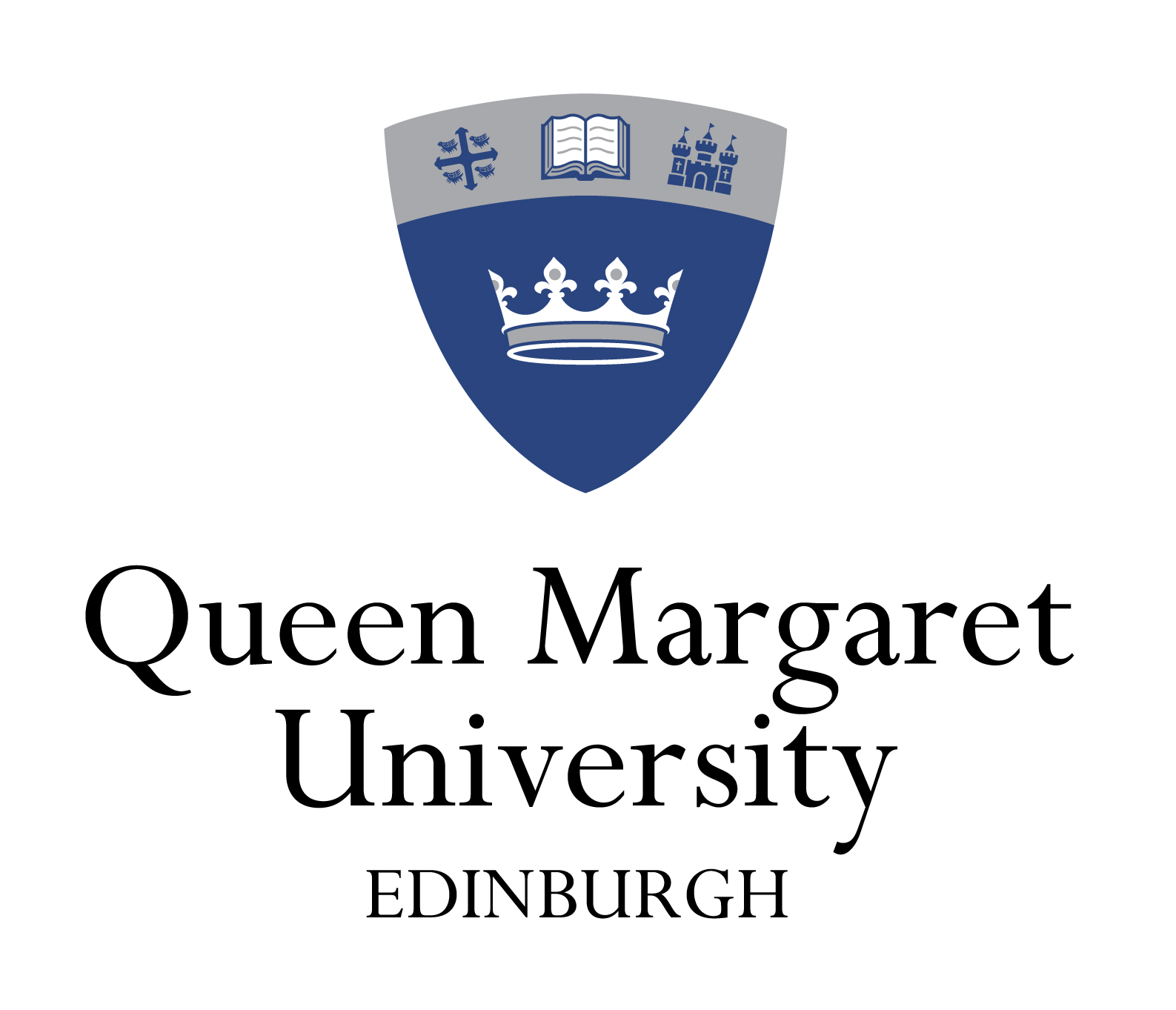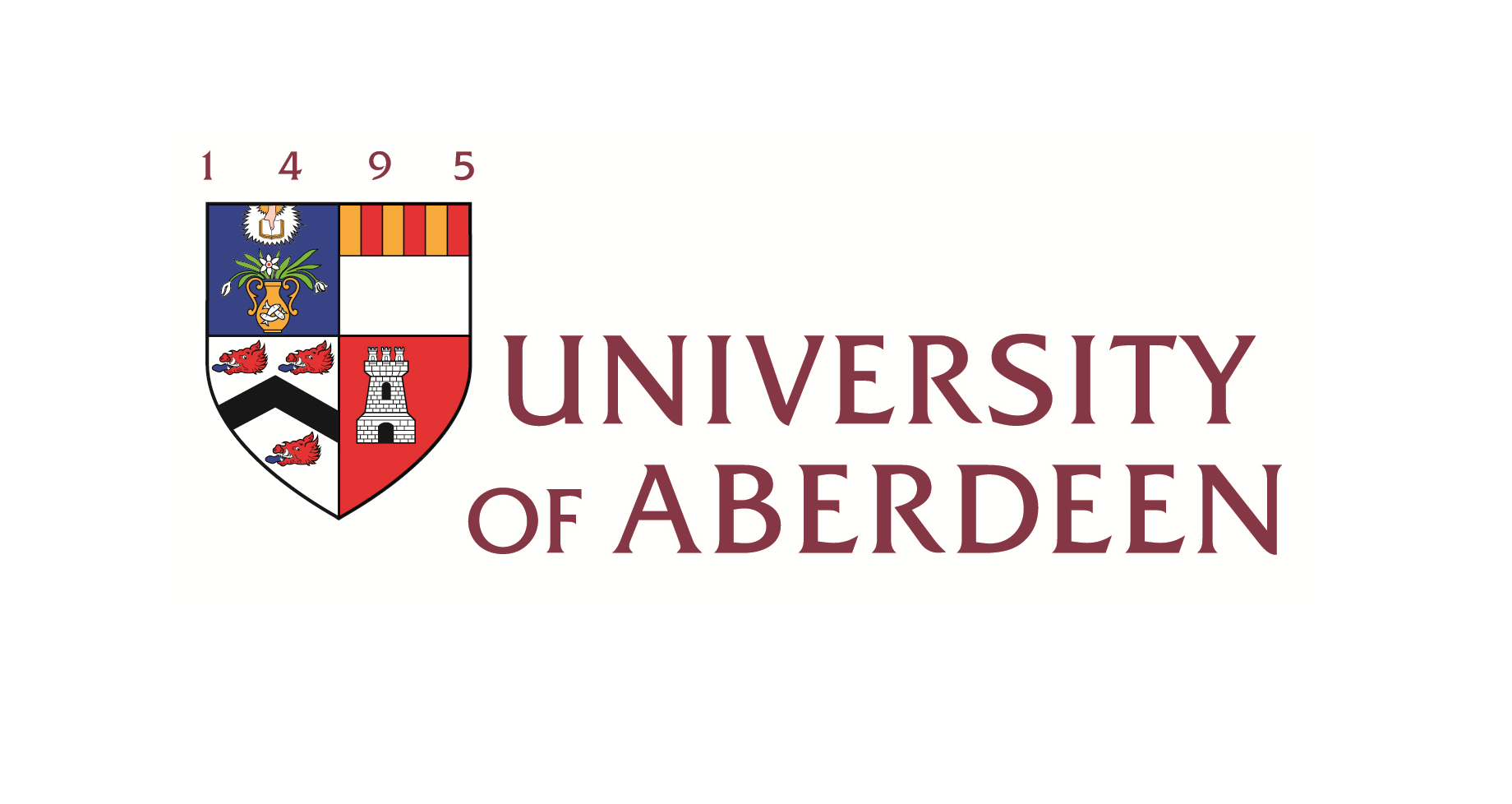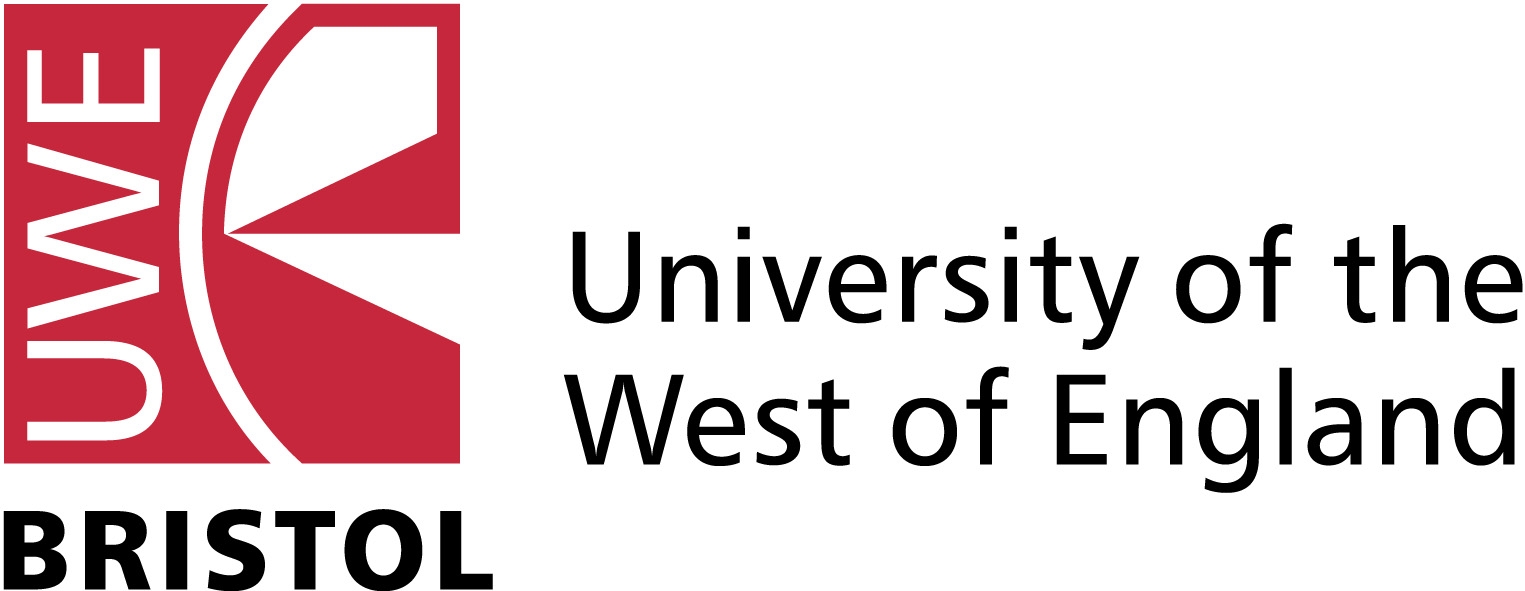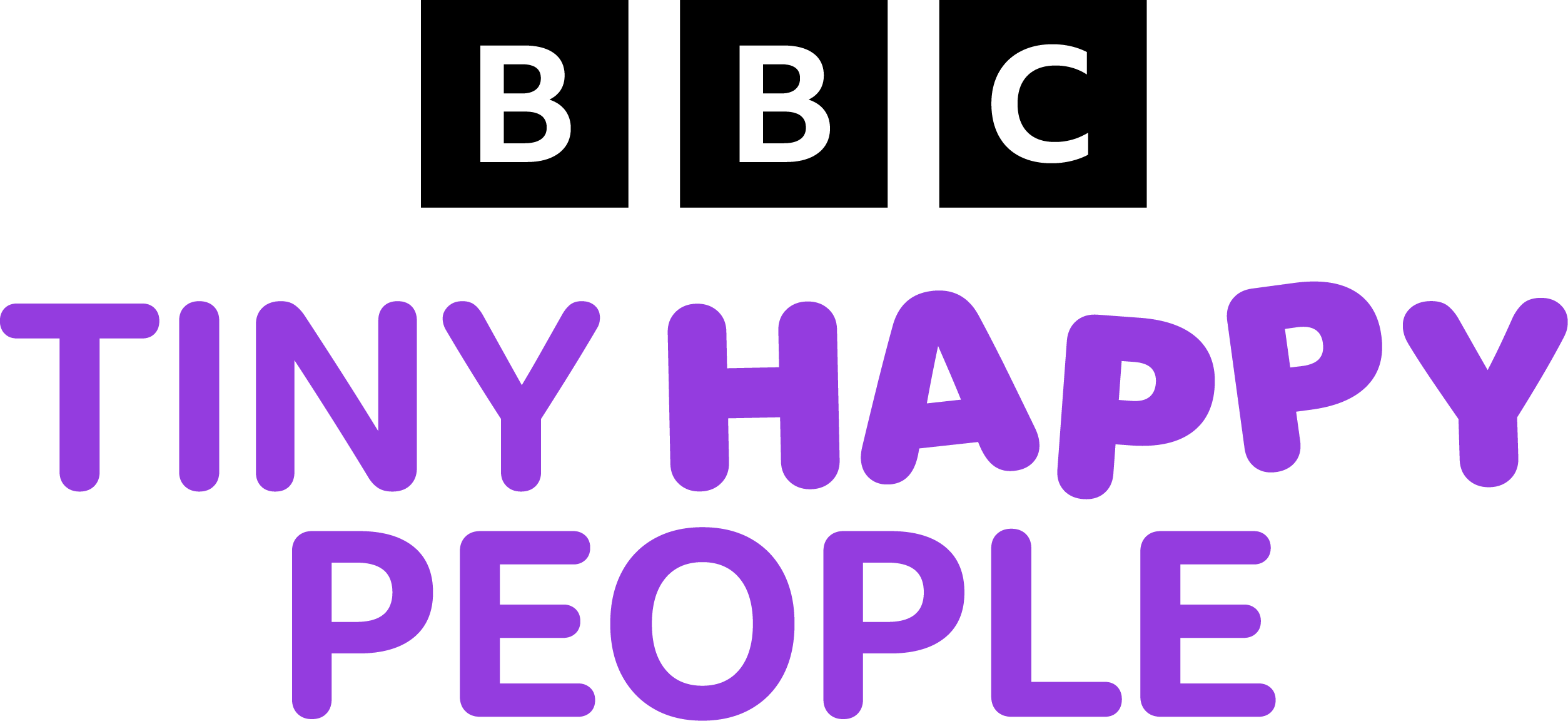Talking 2gether: Collaborative model of ELIM-I
In 2023 we explored the feasibility and acceptability of a collaborative approach to ELIM-I delivery involving early years educational settings and Health Visting teams working together to provide support for families. This collaborative model is the Talking 2gether programme.
The programme aims to improve the language and communication development of children aged between 2 and 3; 06 years through the development of language enriching early years environments at home and in early childhood education settings. The focus is on increasing the frequency with which children experience the specific type of adult-child interactions which we know promote language learning in this age group both at home and in their early years setting: Responsive Contingent Interactions (RCI).
For early years practitioners (EYPs) the goal is to increase the frequency and consistency of their use of Responsive Contingent Interactions in the early years setting, to learn skills in how to support parents to increase their use of this style of interaction, and to deliver a programme of sessions with families to support this change.
For parents the goal is to increase the frequency and consistency of their use of Responsive Contingent Interactions at home. This may be harder for some families than others and for children with identifiable risks of poor language development the need for change is greater. In these cases, the programme brings together Health Visiting (HV) and Early Years teams to work together to offer tailored support. The identification of these ‘at-risk’ children is facilitated by the use of the ELIM-I at the 2-2½ year Healthy Child review.
Study Overview
Below you will find a brief overview of our feasibilty study exploring a collaborative delivery model of the ELIM-I: the Talking 2gether Programme. The evaluation was funded by the Education Endowment Foundation and was completed in August 2023.
Who was involved in the project?
6 early years education settings across County Durham and members of the County Durham Health Visiting team were recruited to the study: 24 practitioners in total. 2 early years practitioners (EYPs) per setting were assigned as 'Talking 2gether Leads' and these were paired with 2 local Health Visting practitioners. 4 settings completed the full Talking 2gether programme and evaluation.
What was involved in implementing the programme?
Over the course of one term early years settings delivered:
- 6 weekly parent sessions (up to 6 parents per group)
- Each session was 45 minutes - 1 hour long
- Delivered by EYPs in the early years setting.
EYPs and Health Visting practitioners worked collaboratively together to identify those families who may benefit from this additional support for their child's speech, language and communication.
The group sessions included:
- 20 – 30 mins of information sharing about language, communication and interaction with parents and goal setting (i.e., reviewing the Super Communicator weekly tip and selecting their best 'together time')
- 30 – 45 minutes with the parents and children engaged in a themed activity where EYPs model Responsive Contingent Interactions and support parents to also try to do this with their child (themes of the activities align with daily routines at home to support generalisation to the home setting, e.g., making and sharing snacks; washday; outdoor walks; etc).
Additional support for children identified as at risk of poor language development
At each setting, one familiy was identified for further additional support in the form of home visits. This was a family whose child had been identified as at particular risk of poor or delayed language development by the HV team using the ELIM-I measure. The HV practititioner and EYP met with the parent jointly to talk about how they can work together to support the family through the Talking 2gether programme. The support for this family invovled:
- 4 additional Talking 2gether sessions at home, delivered in-between the group sessions in the EY setting
- Home sessions were approximately 45- mintues long
- Delivered by either a Health Visiting team member or the EYP (considering whoever was best placed in terms of resource, relationship with the parent, and parental preference).
These visits offered additional support for the parent in the form of reviewing and reflecting on the weekly group session and the parents Super Communicator goal, and more tailored coaching and modelling of Super Communicator tips. The final session of the four home visits was conducted jointly with the health visiting team member and EYP to develop a plan for next steps after Talking 2gether had been completed.
What training was involved?
There were 4 training sessions delivered in the month prior to session delivery; EYPs were required to attend all 4 of these, HV teams were required to attend 3 of these. Training sessions included:
- Session 1: 1 full day face-to-face training (EYPs + HV teams)
- Sessions 2 & 3: Facilitated peer coaching online, 90 minutes (EYPs attended both, HV teams attended 1 of these)
- Session 4: Talking 2gether twilight session online, 90 minutes (EYPs + HV teams)
A 5th session, supportive review and problem-solving, was delivered online for all practitioners at the mid-way point of delivery.
Acceptability and feasibility of the Talking 2gether programme
- They enjoyed attending or delivering the sessions
- The resources were useful
- The techniques were appropriate and easy to carry out
- Parent-practitioner relationships
- HV practitioners and EYP relationships; particularly where information was shared about children’s needs between practitioners
- Practitioners reported examples of children’s difficulties being picked up earlier, and earlier referral to SLT being made as a direct result of being involved in the project
Future evaluation
The collaborative model of Talking 2gether has important implications for the provision of early language intervention and the provision of integrated support for families; we aim to further evaluate the programme and its outcomes for families and practitioners in the future.

